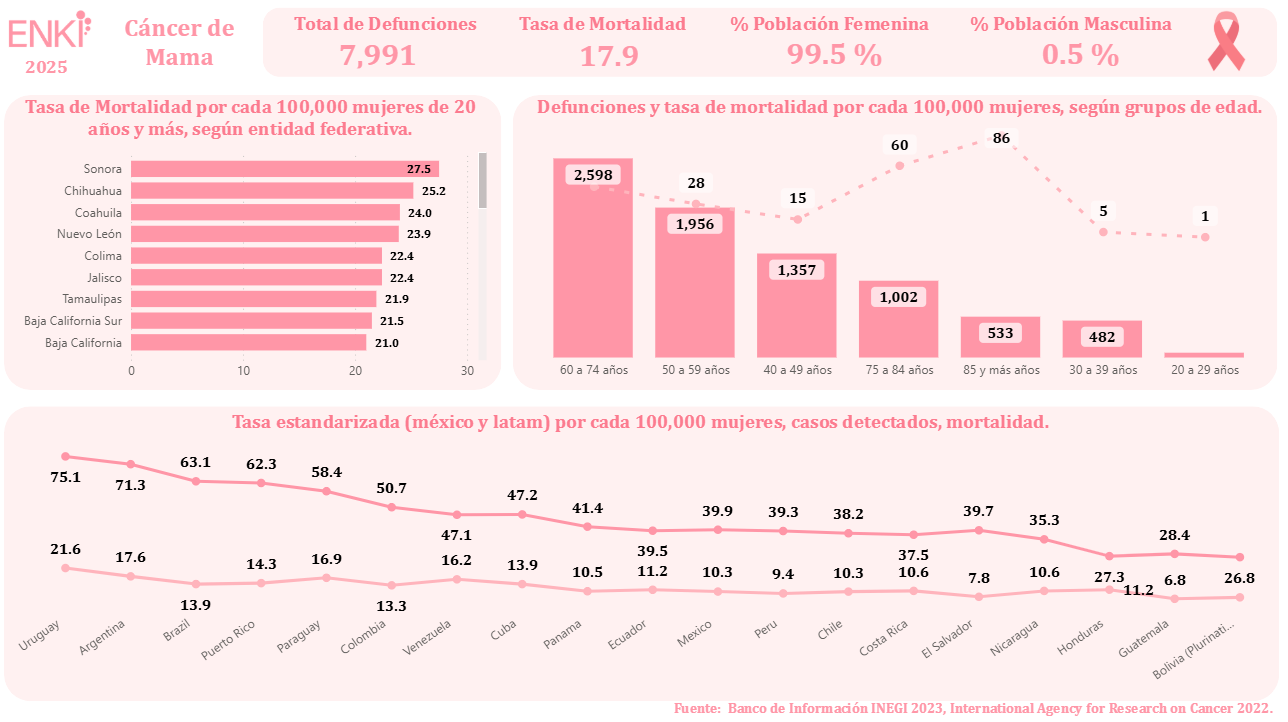In the digital age, data security is more crucial than ever. Protecting your company's data is not only a legal obligation, but also a necessity to maintain the trust of your customers and the integrity of your business. From financial information to personal data of employees and customers, every bit of information is valuable and must be guarded with the utmost care.
Implementing data protection measures not only protects you from external threats, but it also improves your company's operational efficiency and reputation.
Here are some essential steps to take care of your company's data:
1. Perform regular security audits:
Security audits are comprehensive evaluations of your systems and processes to identify potential vulnerabilities and areas for improvement.
Steps to follow:
- Hire cybersecurity experts to conduct internal and external audits.
- Regularly review and update your security policies.
- Implement an action plan to correct any vulnerabilities found.
Data Governance: Establishes a data governance committee to oversee and review security audits, ensuring that data protection policies and regulations are complied with.
2. Empower your staff:
Ongoing employee training is essential to maintaining data security. Everyone should understand the importance of security and how to handle information securely.
Steps to follow:
- Organize regular workshops and seminars on cybersecurity.
- It provides up-to-date educational resources and materials.
- Perform cyberattack simulations to assess staff readiness.
Data Governance: Includes in the training the importance of data governance, explaining how data is managed and protected within the company.
3. Use up-to-date security software:
Keeping security software up to date is crucial to protect against the latest threats.
Steps to follow:
- Install and regularly update antivirus, firewalls and other security programs.
- Set up automatic updates to make sure you're always protected.
- Perform penetration tests to evaluate the effectiveness of your security software.
Data Governance: Make sure that the security software complies with data governance policies and that it is aligned with data protection regulations.
4. Implement restricted access policies:
Limiting access to sensitive information only to those employees who really need it reduces the risk of security breaches.
Steps to follow:
- It clearly defines the roles and responsibilities of each employee in relation to access to data.
- It uses multifactor authentication systems to access sensitive information.
- Monitor and record access to critical data to detect any suspicious activity.
Data Governance: Develop access policies based on data governance, ensuring that only authorized individuals can access specific information.
5. Make backup copies:
Making frequent backups of all your important data and storing it in safe places is essential for disaster recovery.
Steps to follow:
- Establish a routine of daily, weekly and monthly backups.
- Store backups in physical locations and in the cloud.
- Regularly test data restoration to ensure that the backups are effective.
Data Governance: Implement a data governance plan that includes clear policies on the frequency and storage of backups, ensuring data integrity and availability.
Don't wait until it's too late. Protect your data today and secure the future of data in your company.









































